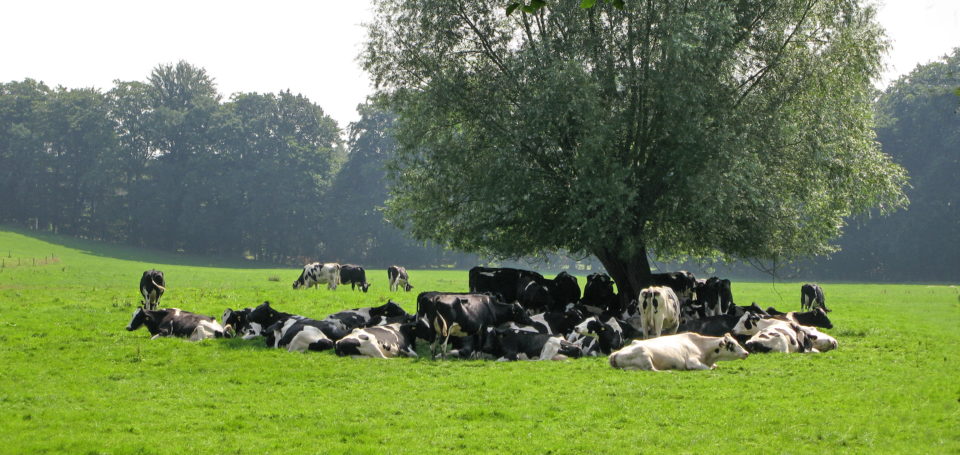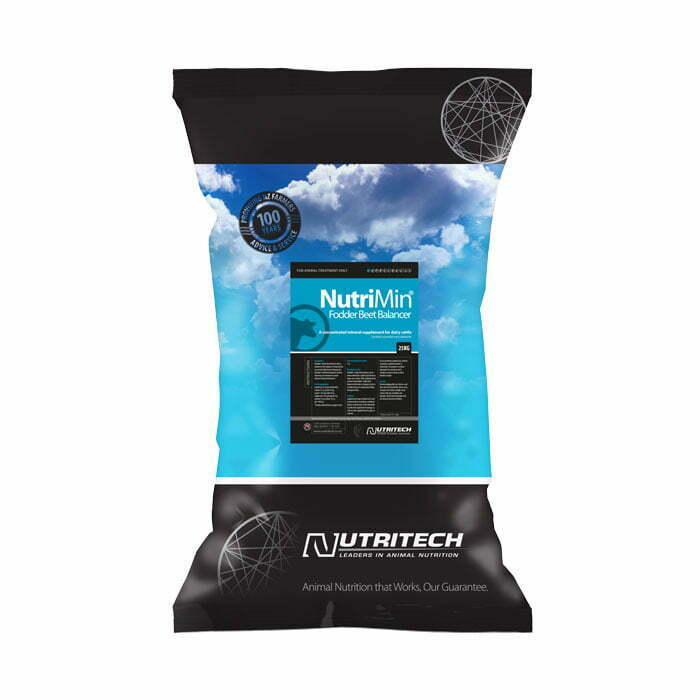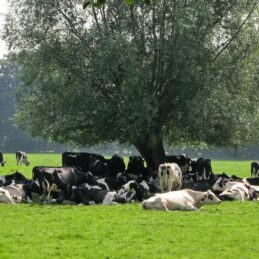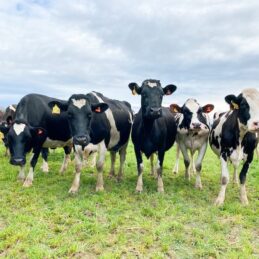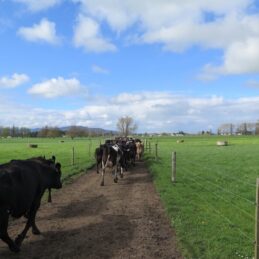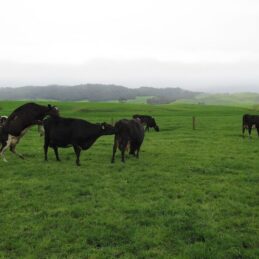About this time of year farmers may notice a number of behavioural issues with their stock, along with declines in performance. Typical symptoms are grouping together particularly where shade is available, and around water troughs, or an increase in temperamental cows that kick off cups during milking. Peeling skin can occur in severe cases. Such behaviour and symptoms are often attributed to biting flies or facial eczema, but may be associated with ryegrass toxicity.
Perennial Ryegrass Toxicity results from endotoxins produced by an endophyte (Neotyphodium lolii) which is present in many older ryegrass pastures. The most common and recognisable symptom is ryegrass staggers, but more commonly results in subclinical loss of productivity, and the behavioural traits described above.
Loss of production arises largely from heat stress, leading to lower feed intakes. Cattle can normally accommodate temperatures in excess of 30oC, but become uncomfortable at temperatures below 25oC when toxin levels are high. Loss of tolerance results from constriction of blood vessels, limiting blood flow near the skin reducing cooling ability.
Temperamental traits arise because ergovaline increases neurotransmission, resulting in increased udder sensitivity. Local observations have indicated declines in milk production of affected cows of 5-10%. Increased somatic cell counts in milk, infertility and immune function, and lower milk fat and protein levels, have been reported overseas.
Youngstock tend to be more vulnerable than mature animals. Ergot alkaloids including ergovaline restrict production of prolactin, which is a precursor for milk production, and important in reproduction and puberty development in young animals.
Common responses to exposure to endophytes are to limit access to pasture, or grazing less harmful endophyte pastures, e.g. AR1 and AR37. Mycotoxin binders can be used to adsorb mycotoxins so reducing their absorption from the gastrointestinal tract.
Trials have demonstrated mycotoxin binders reduced heat stress in sheep and significantly increased growth and reproduction on pastures containing sub-clinical levels of ergovaline and lolitrom-B. Some dairy farmers and veterinarians have reported rapid alleviation and suppression of effects of ryegrass endophyte toxins, e.g. temperamental behaviour, staggers and heat stress.
Responses to mycotoxin binders occur very quickly usually with 24 hours, as they physically bind to the mycotoxins. Binders need to be specific to the types of mycotoxins present, with some bound best by activated clay based binders, and others by yeast cell wall derived binders. Mycotoxin types are rarely found in isolation, so the most effective binders are combinations of both types of technology.
As featured in NZ Dairy Farmer

